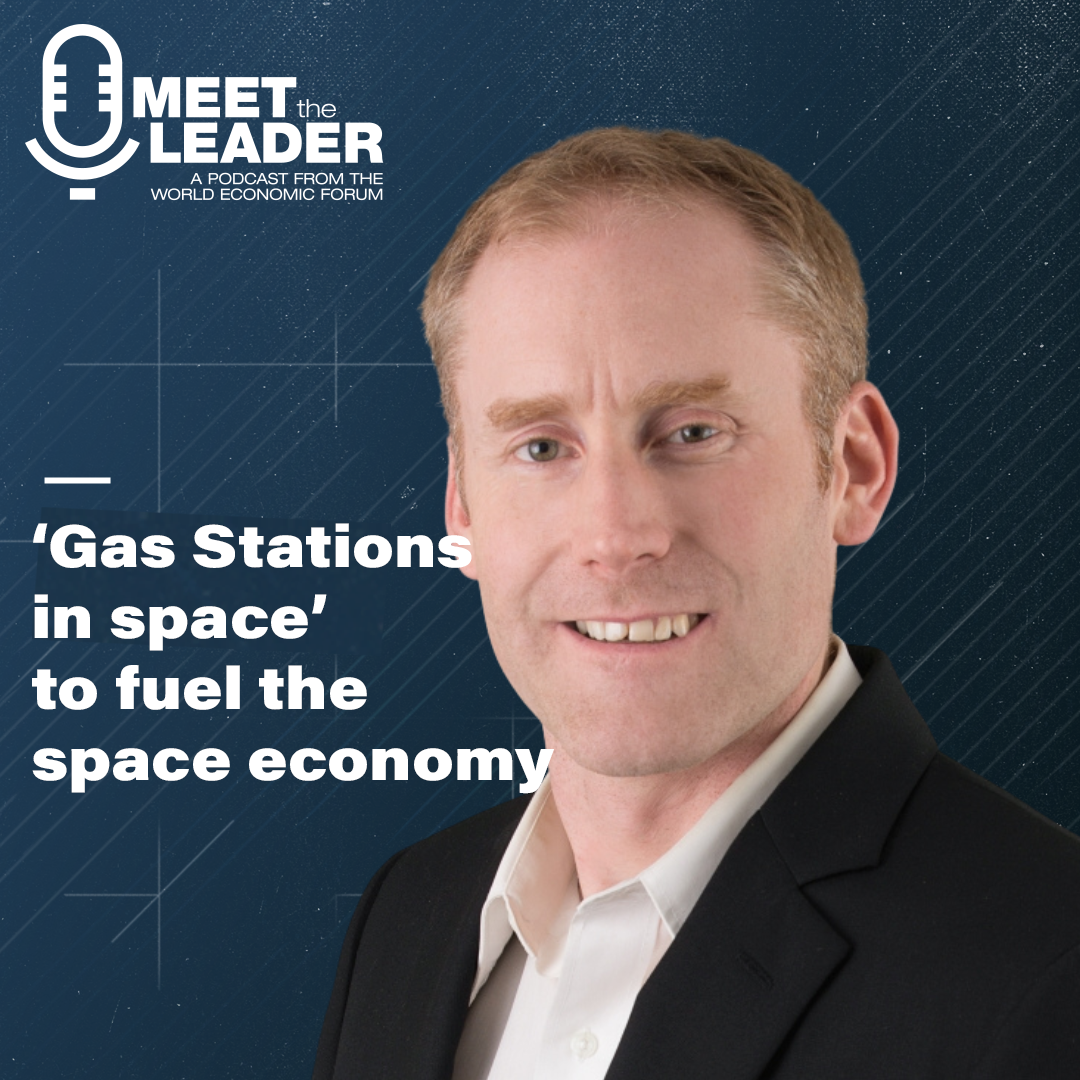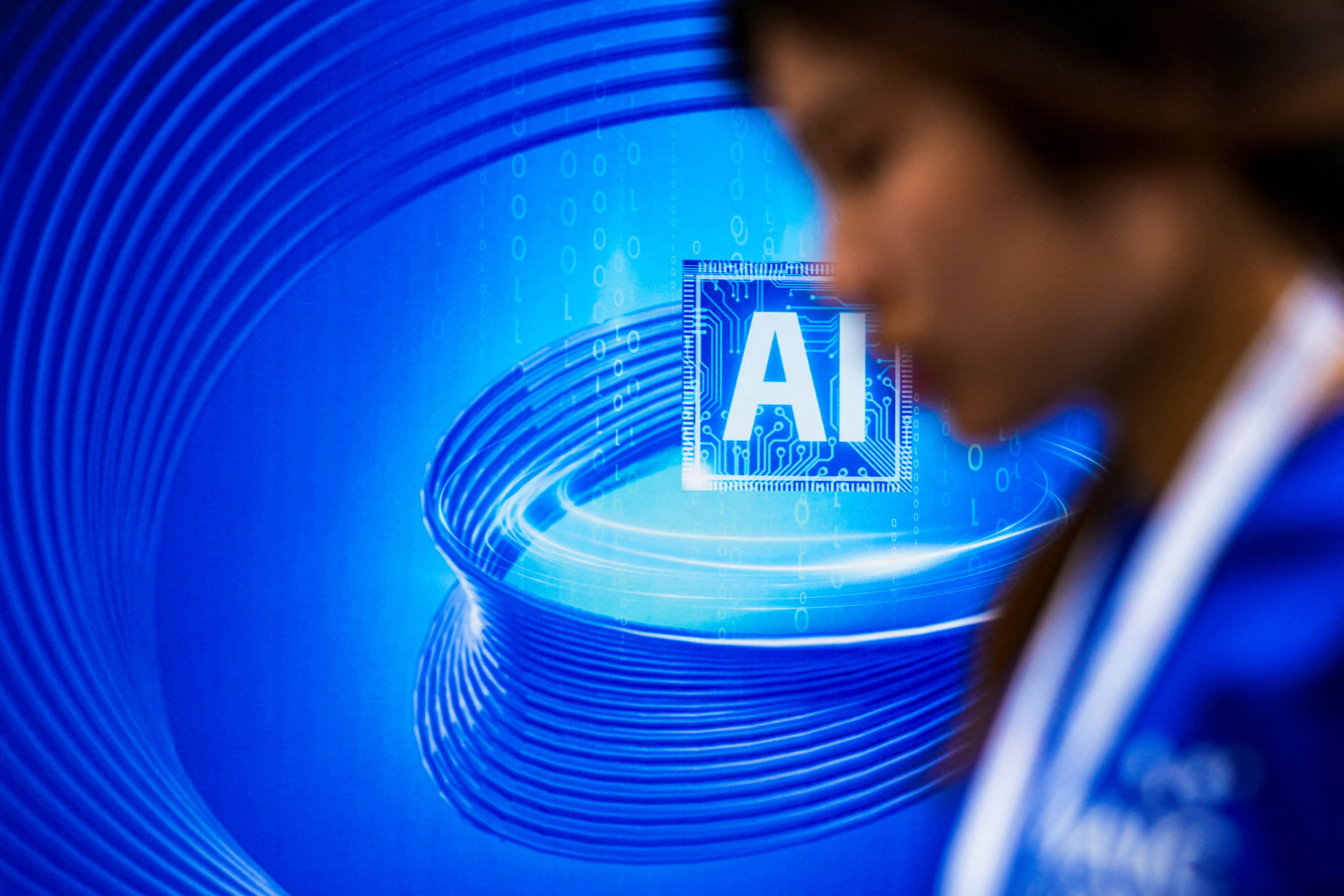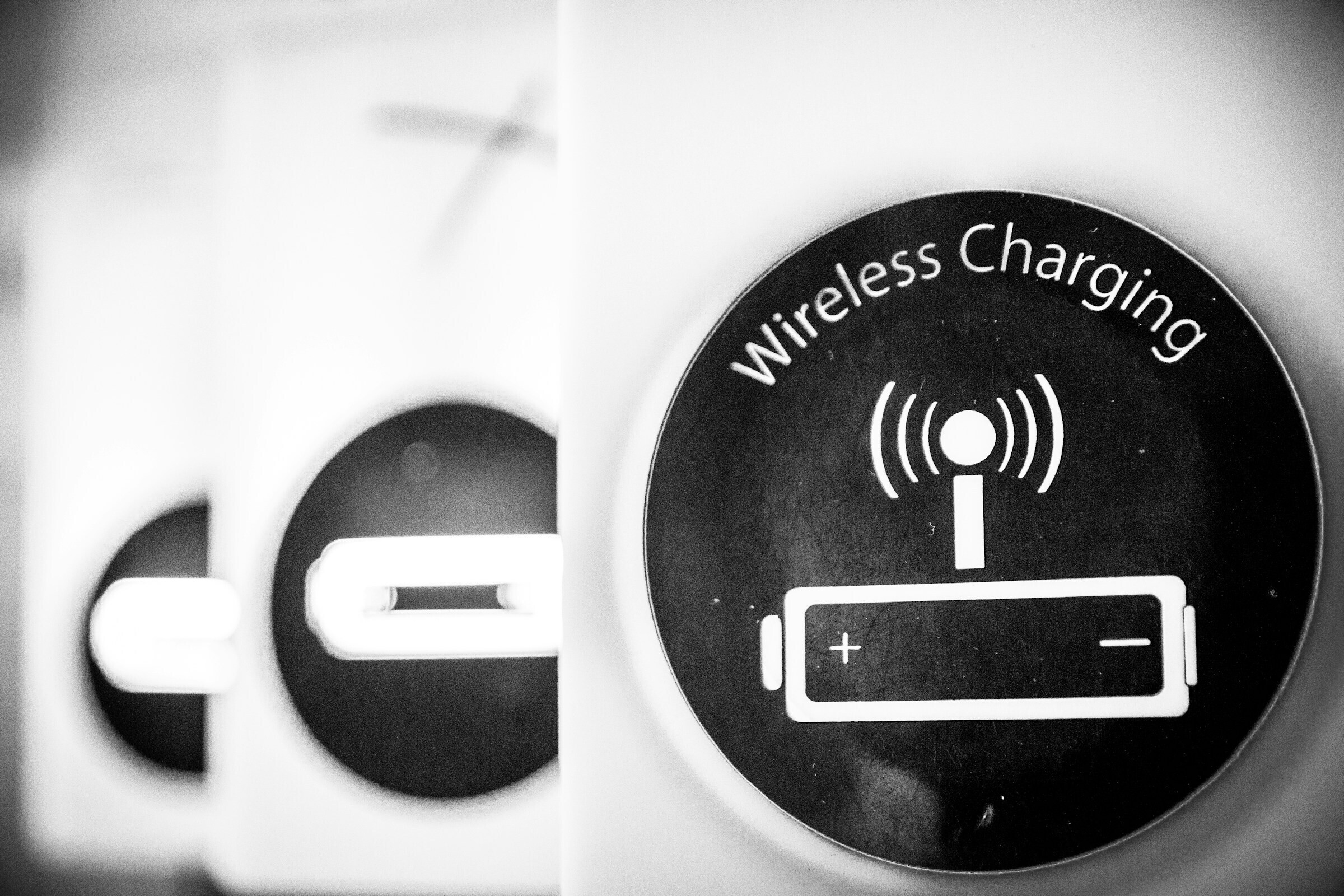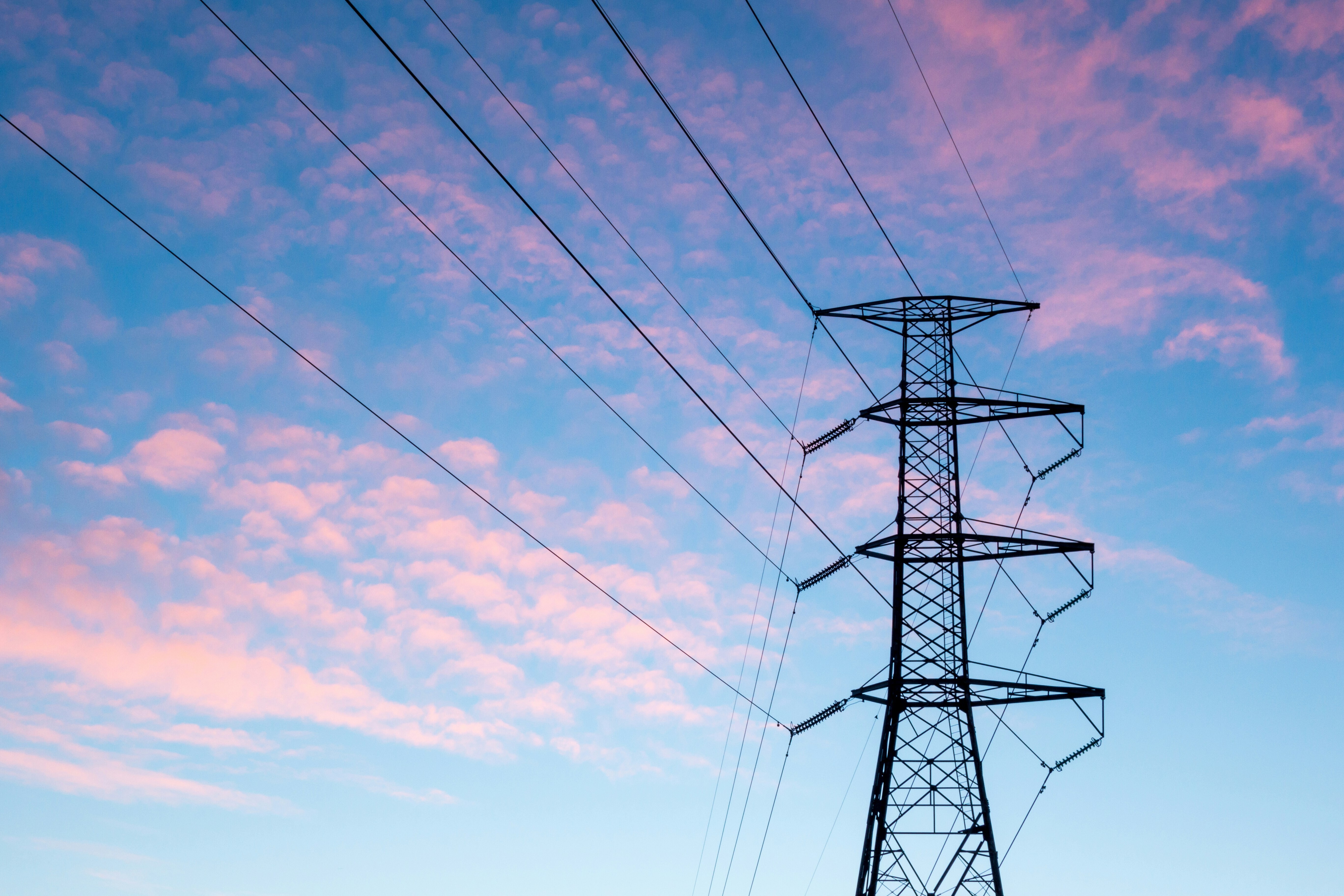This technology turns windows into solar panels, here’s how

Transparent solar panels were pioneered at Michigan State University and are now being installed commercially. Image: Unsplash/MICHAEL WILSON
Listen to the article
- Solar windows look like regular glass windows, but act like solar panels, generating electricity from the sun.
- Transparent solar panels were pioneered at Michigan State University and are now being installed commercially.
- The US alone is estimated to have between five and seven billion square metres of glass surface.
Imagine if your windows were transparent solar panels?
It would mean homes, offices and whole cities could use their windows to sustainably generate electricity from the sun.
See-through solar panels that look like glass aren’t just a pipe dream. They’re already being used – and have huge potential to help meet the world’s energy needs from renewable sources.

What are transparent solar panels?
Transparent solar panels look like clear glass and let light through like regular windows.
But they’re made with a type of solar glass that absorbs ultraviolet and infrared light – types of light that aren’t visible to the naked eye – and turn these into renewable electricity.
Researchers at Michigan State University developed the first fully transparent solar panel in 2014.
What could solar windows mean for the world?
Solar windows and related transparent solar technologies could provide around 40% of energy demand in the United States, the MSU team believes.
Combined with rooftop solar units, this could rise to almost 100%.
There’s so much glass in the world, the potential is huge.
Skyscrapers could become solar farms
Skyscrapers, for example, have a “massive amount of glass surface”, notes solar energy publication, Solar Magazine.
The potential for buildings like these to generate clean, renewable energy from the sun is enormous, the magazine adds.
For example, US solar window specialist Ubiquitous Energy says it plans to turn skyscrapers into ‘vertical solar farms’ by installing solar windows, according to business news channel CNBC.
The California-based company expects to start manufacturing floor-to-ceiling, transparent solar windows for buildings at high volume in 2024.
Ubiquitous Energy was co-founded by Richard Lunt, the chemical engineer who led the development of transparent solar cells at MSU.
Researchers at Massachusetts Institute of Technology in the US have also been developing transparent solar cells for many years.
Europe is opening up to solar windows
Solar windows are also taking off in Europe.
A Netherlands-based company called Physee says it is installing 15,000 of its ‘SmartWindows’ in office buildings across Europe. These are windows that contain both power-generating solar cells and sensor technology that helps manage the building’s energy use and comfort. The windows will cut building energy costs by up to 30%, Physee says.
Transparent solar panels are already in use at Copenhagen International School, a day school in Denmark. The building is covered in 12,000 “hued but clear” solar panels, explains engineering site Interesting Engineering.
These provide 200 megawatts of electricity a year – more than half the energy the building consumes.
Solar glass has benefits over solar panels
A key advantage of solar glass – also known as photovoltaic glass – is that it takes up less space than traditional solar panels.
In cities with lots of buildings and limited space, setting up traditional solar panel installations is difficult, Interesting Engineering explains.
Transparent solar panels, on the other hand, can be widely fitted even in cramped cities, helping buildings and cities meet net zero climate goals.
As solar glass engineer Richard Lunt explains: “You could turn nearly every surface of a building or landscape into a solar array and generate power right where you use it without even knowing that it’s there.”
Sustainable Development Impact Meetings
Solar windows show how technology can unlock sustainable development – progress that protects rather than threatens people and the planet.
This month, the World Economic Forum will host a series of meetings on sustainable development and global progress on achieving it.
The Forum’s Sustainable Development Impact Meetings from 19-23 September 2022 will bring together business leaders, policymakers, innovators and international and civil society organizations to advance work on the United Nations Sustainable Development Goals (SDGs).
These are 17 Global Goals on sustainable development, including ending poverty and hunger, combating climate change and ensuring everyone has access to clean and affordable energy.
The Sustainable Development Goals were adopted by all 193 member states of the UN in 2015, to be achieved by 2030.
Don't miss any update on this topic
Create a free account and access your personalized content collection with our latest publications and analyses.
License and Republishing
World Economic Forum articles may be republished in accordance with the Creative Commons Attribution-NonCommercial-NoDerivatives 4.0 International Public License, and in accordance with our Terms of Use.
The views expressed in this article are those of the author alone and not the World Economic Forum.
Stay up to date:
Emerging Technologies
Forum Stories newsletter
Bringing you weekly curated insights and analysis on the global issues that matter.






